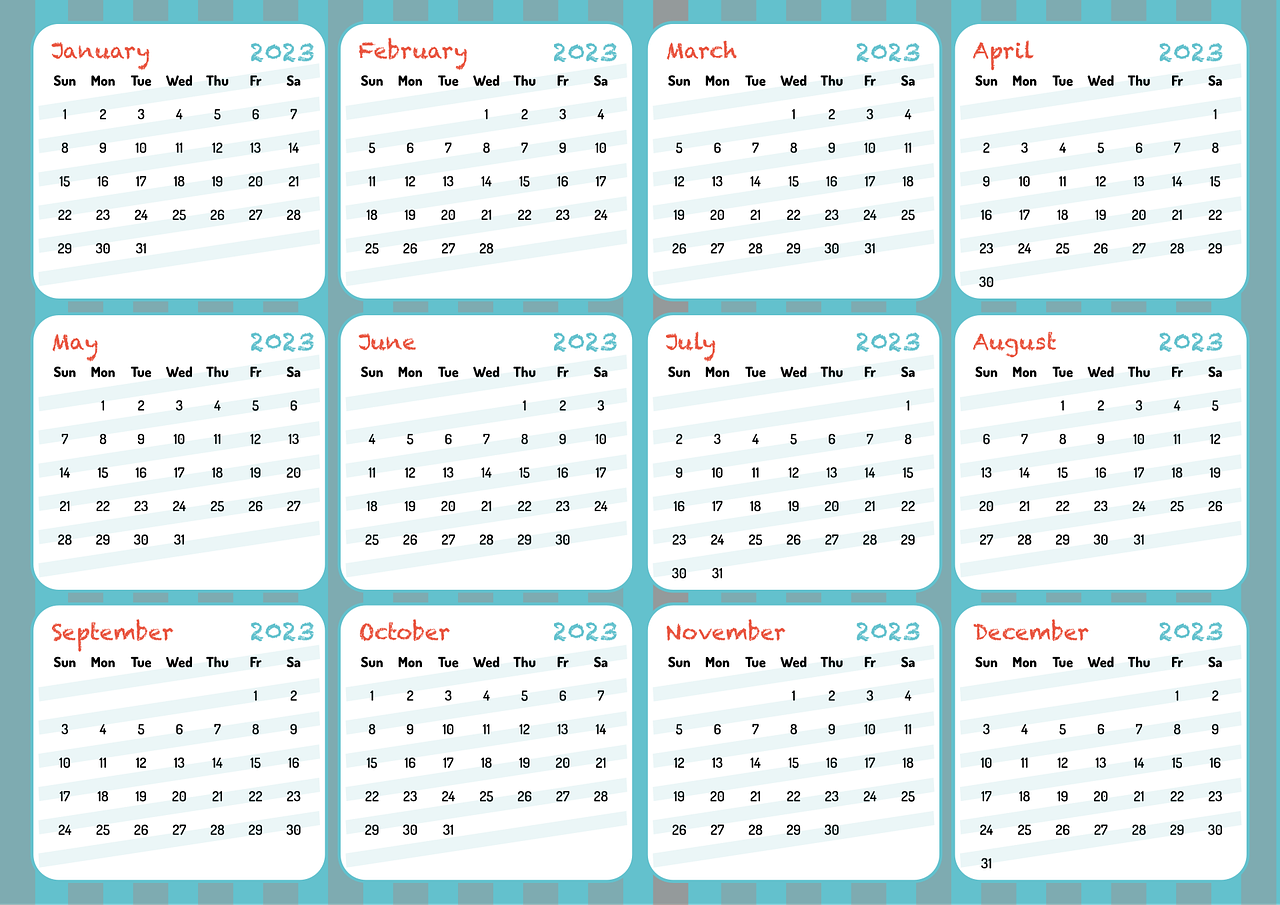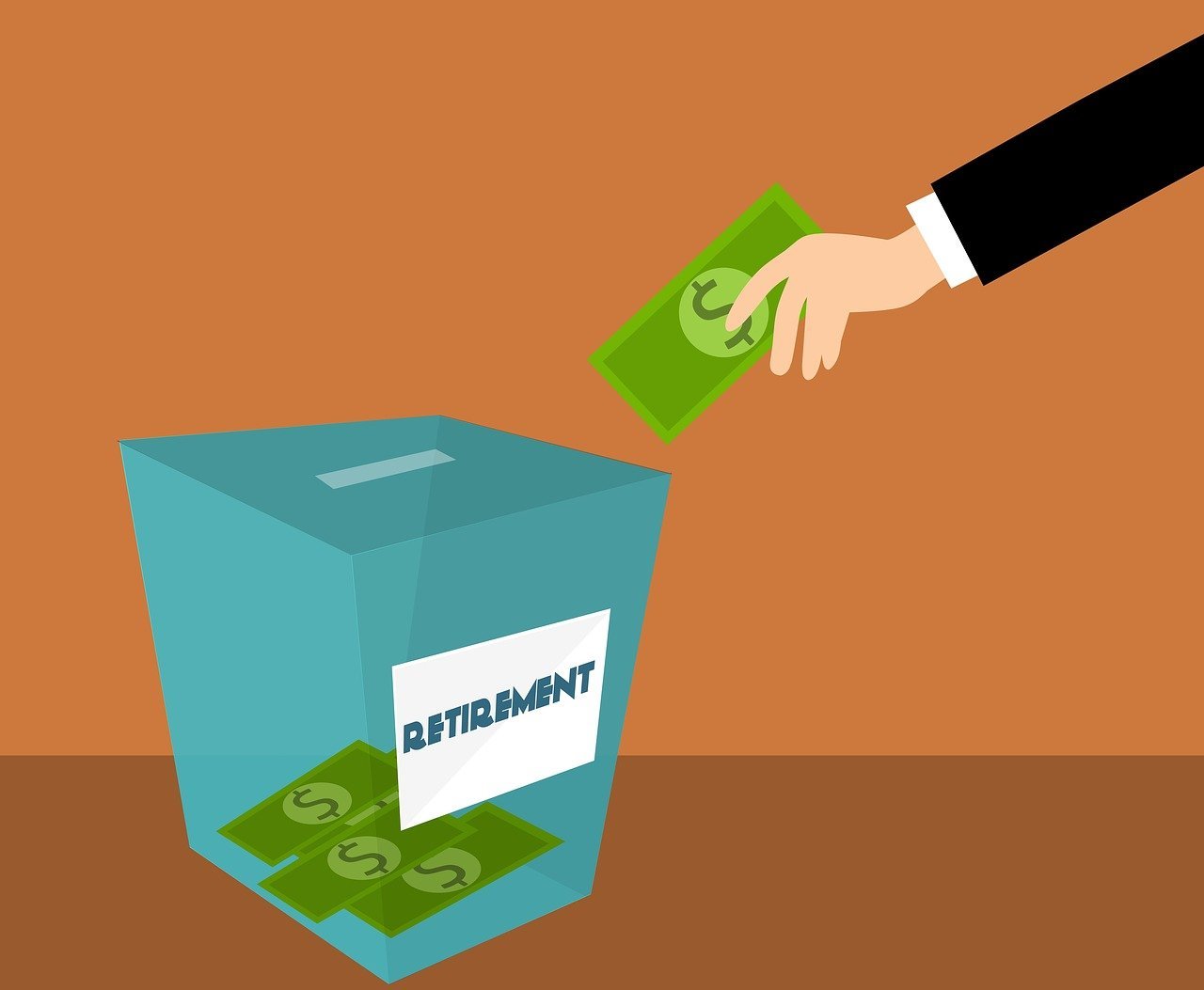Have you ever wondered what the “magic number” to retire comfortably is? You’re not alone in this quest. Many people often ponder over what it truly takes to hang up the work boots and live a life of leisure without financial stress. Navigating retirement planning can feel like decoding an elusive puzzle. Yet, with the right information and tools, you can figure out what this magic number is for you.
This image is property of images.unsplash.com.
Understanding the Magic Number
Before diving into the specifics, it is crucial to grasp what the magic number actually means. Simply put, the magic number for retirement is the amount of money you need in savings and investments to maintain your desired lifestyle once you stop working.
Why is It Called a “Magic” Number?
The reason it’s referred to as “magic” is due to its individualized and often seemingly improbable nature. This number varies dramatically from person to person because it’s based on various factors unique to each individual’s life, including lifestyle choices, health care needs, and personal goals.
Factors Influencing Your Magic Number
There are several key elements that play into determining your retirement savings goal. Let’s break down these factors to help you get a firm grasp on what you’ll need.
Lifestyle Choices
Your post-retirement lifestyle is probably the most significant factor to consider. Do you plan on traveling extensively, indulging in new hobbies, or downsizing your home? Each of these choices will affect how much you need in your retirement nest egg.
- Everyday Expenses: Understand what your current expenses are and how these might change in retirement. For example, you might see a decrease in commuting costs but an increase in travel or leisure activities.
- Living Location: Where you choose to spend your retirement years can have a significant impact on your cost of living. Moving to a different city or country might reduce or increase your expenses considerably.
Healthcare Needs
Healthcare is often the wildcard in retirement planning. It’s important that you incorporate a realistic assessment of your potential healthcare needs, as this area can consume a significant portion of your budget.
- Insurance: Calculate the cost of health insurance coverage and any potential caregiving expenses, which are critical as you age.
- Predicting Medical Needs: While predicting exact medical needs isn’t feasible, planning for potential situations can prepare you for unforeseen healthcare expenses.
Personal Goals and Dreams
Your dreams and aspirations also define your magic number. If you’ve always dreamed of taking art classes or pursuing further education, factor these into your calculation.
- Leisure Activities: Engaging in activities that bring you joy is part of enjoying retirement, so budget accordingly for them.
- Family Support: Consider whether you aim to provide financial support to family members during your retirement.
Calculating Your Magic Number
Now that you’re familiar with the factors that influence your retirement needs, let’s look at the methods you can use to calculate your magic number.
The 4% Rule
The 4% Rule is a well-known rule of thumb in retirement planning. This rule suggests that you can withdraw 4% of your retirement savings annually without fear of running out of money for at least 30 years.
How It Works
By determining how much you’ll need annually to fund your retirement lifestyle, you can calculate your nest egg size by multiplying this number by 25. For instance, if you determine that you need $50,000 a year, your magic number would be $1.25 million ($50,000 x 25).
The 25x Rule
A variation of the 4% Rule is the 25x Rule. This simply involves multiplying your planned annual expenses by 25, giving you a rough target for your retirement savings.
Analyzing Your Current Financial Situation
It’s equally essential to review where you currently stand in your savings journey. This analysis can include:
- Current Savings: Evaluate your current savings and assess how these can grow over time with continued contributions and interest.
- Investment Portfolio: Understand the potential growth and risks associated with your investment portfolio. Investment growth can influence the time it will take to reach your magic number.
Projecting Future Income
Also, consider sources of retirement income such as pensions, Social Security, or proceeds from property sales.
- Social Security: Estimate your Social Security benefits based on your work history.
- Pension Plans: Include any pension payouts or annuities expected on retirement.
This image is property of images.unsplash.com.
Strategic Approaches to Achieve Your Goal
Achieving your “magic number” requires both planning and discipline. Here are some strategies that can help:
Start Saving Early
The adage “the earlier, the better” holds true in retirement planning. The power of compounding interest over time can dramatically boost your savings.
- Compound Interest: Saving early allows your investments to grow through compound interest, essentially interest on interest, exponentially increasing your savings over time.
Regular Contributions
Commit to making regular contributions to your retirement accounts, even if they are small. Consistency in saving is key.
Diversify Investments
Diversification helps in spreading the risk across various assets. It balances your investment portfolio, potentially providing more stable growth.
- Types of Investments: Include stocks, bonds, and real estate in your portfolio to mitigate exposure to any one type of market risk.
Monitor and Adjust
Routine checks and evaluations of your retirement plans are necessary. Life events and market changes can affect your strategy, so remain adaptable.
- Financial Adviser Consultations: Regular interactions with a financial adviser can guide and optimize your path towards retirement.
Common Retirement Challenges
Every plan has its challenges. Here are common hurdles you may encounter when planning for retirement and how to overcome them.
Inflation
Inflation erodes purchasing power over time. When planning, ensure your strategy accounts for a rise in prices for goods and services over the years.
- Real Return Rates: Use real return rates which account for inflation, rather than nominal rates in your calculations.
Market Volatility
Market fluctuations can be unpredictable, influencing how your investments perform. Prepare for this by:
- Long-Term Focus: Keep your focus on long-term growth rather than short-term market changes.
- Risk Tolerance: Understand your comfort level with risk and allocate your investments accordingly.
Longevity Risk
With increased life expectancies, there’s a possibility of outliving your retirement savings. Tackle this by:
- Lifetime Annuities: Consider investing in lifetime annuities that provide a steady income for life.

This image is property of images.unsplash.com.
Planning for a Secure Retirement
Your magic number is a target, but it’s important to plan beyond just accumulating savings.
Estate Planning
Estate planning helps manage your assets and ensures they are distributed according to your wishes. This process can protect your legacy and ease the burden on those you leave behind.
- Wills and Trusts: Create or update wills and set up trusts to distribute your estate efficiently.
Tax Planning
Understanding tax implications and planning can save you a significant amount in retirement.
- Tax-Advantaged Accounts: Take advantage of tax-deferred or tax-free growth in accounts like IRAs and 401(k)s.
Embracing the Journey
The journey to retiring comfortably with your magic number is a dynamic process that requires flexibility and informed decision-making. By understanding the variables and actively managing your plan, you can greet retirement with security and peace of mind, ready to enjoy this exciting life chapter.
Don’t Go Alone
While this journey is personal, remember that professional guidance can be invaluable. Financial experts can help tailor a strategy to your unique situation, making the journey less daunting and your goals more achievable.
To sum up, identifying your magic number for a comfortable retirement is an empowering step towards securing your future. By staying informed and proactive, you can confidently approach the golden years, ready to explore all they have to offer.























































































